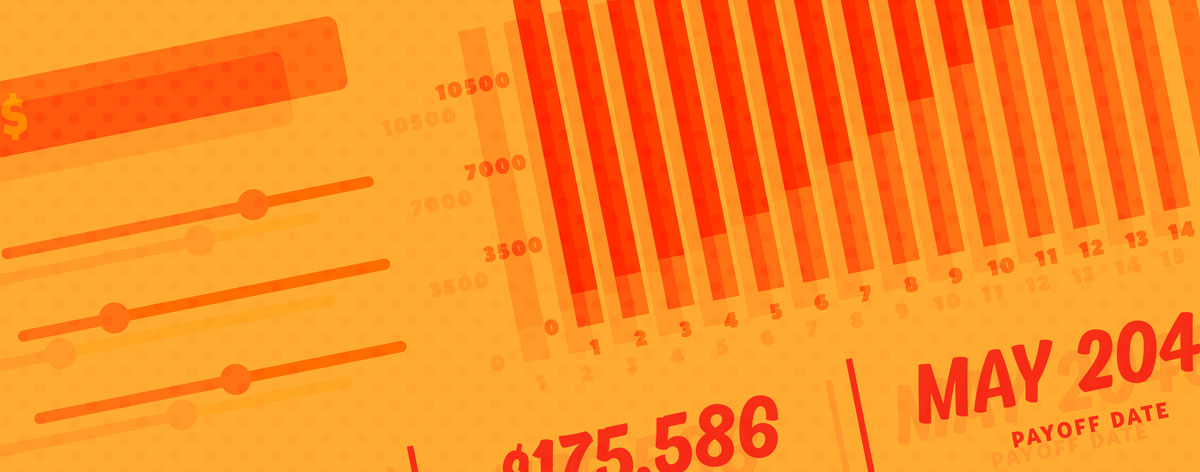

The Basics
The Rule of 72 is a tool used to estimate how long it will take an investment to double at a given interest rate, assuming a fixed annual rate of interest. All you need to use the tool is an interest rate, which means you can make estimates for your current account rate or use this rule to know what rate you should look for if you want to double your money by a specific deadline.
To figure out how long it will take to double your money, take the fixed annual interest rate and divide that number into 72. Let’s say your interest rate is 8%. 72 ∕ 8 = 9, so it will take about 9 years to double your money. A 10% interest rate will double your investment in about 7 years (72 ∕ 10 = 7.2); an amount invested at a 12% interest rate will double in about 6 years (72 ∕ 12 = 6).
Using the Rule of 72, you can easily determine how long it will take to double your money.
To figure out what interest rate to look for, use the same basic formula, but run it backward: divide 72 by the number of years. So if you want to double your money in about 6 years, look for an interest rate of 12%.
The basic algebraic formula looks like this, where Y is the number of years and r is the interest rate:
Y = 72 ∕ r and r = 72 ∕ Y
This rule works for interest rates from about 4% up to about 20%; after that, the error becomes significant and more straightforward math is required.

Why 72?
Here, we merely scrape the surface of that “more straightforward math.” To really dive deep into why the rule works, check out this article.
The Rule of 72 is itself an estimation. It uses a concept called natural logarithms to estimate compounding periods. In mathematics, the natural logarithm is the amount of time needed to reach a particular level of growth using continuous compounding.
For math enthusiasts out there: it is easiest to see how this works through continuously compounded interest. (The Rule of 72 addresses annually compounded interest, but we’ll get there in a minute.)
When dealing with continuously compounding interest, you can work out the exact time it takes an investment to double by using the time value of money formula (TVM) and simplifying the equation until eventually, you are left with something like this:
ln(2)= rY
The natural log (ln) of 2 is about 0.693. Solve for interest rate (r) or number of years (Y), and then multiply by 100 to express as a percentage or year, respectively.
Wait...
If our new formula is based on the number 69.3 (0.693 × 100), that begs the question: Why isn’t it called the Rule of 69.3?
First, that just doesn’t sound quite as good as “The Rule of 72.” Second, there are two points to remember:
- The “Rule of 69.3” is not an estimation. It is the actual amount of time that it will take money to double, and works for any range of interest rates.
- The Rule of 69.3 works for continuously compounded interest. The Rule of 72 works for a fixed annual rate of interest.
The math equation for fixed annual interest is slightly more complex, and simplifying it leaves us with approximately 72.7.
Normally, we would round up to 73. However, 72 is much easier to work with, as it is readily divisible by 2, 3, 4, 6, 8, 9, and 12. As we are already estimating, convenience wins out, and we are left with the Rule of 72.
History
The Rule of 72 was first introduced in the late fifteenth century by the Franciscan friar and Italian mathematician Luca Pacioli. A contemporary of Leonardo da Vinci, Pacioli is considered by many to be the father of accounting. The Rule of 72 was introduced in his book Summa de arithmetica, geometria, proportioni et proportionalita, published in 1494 for use as a textbook for schools in what is now northern Italy.
Neither Banzai nor its sponsoring partners make any warranties or representations as to the accuracy, applicability, completeness, or suitability for any particular purpose of the information contained herein. Banzai and its sponsoring partners expressly disclaim any liability arising from the use or misuse of these materials and, by visiting this site, you agree to release Banzai and its sponsoring partners from any such liability. Do not rely upon the information provided in this content when making decisions regarding financial or legal matters without first consulting with a qualified, licensed professional.
